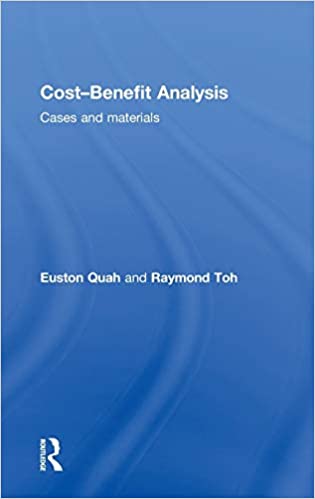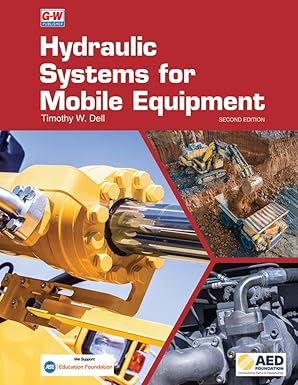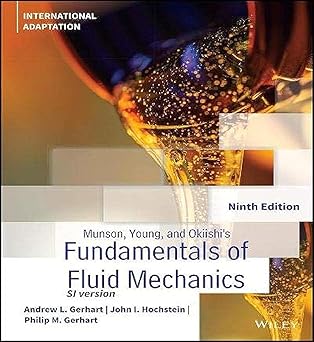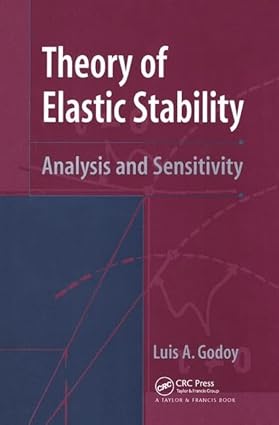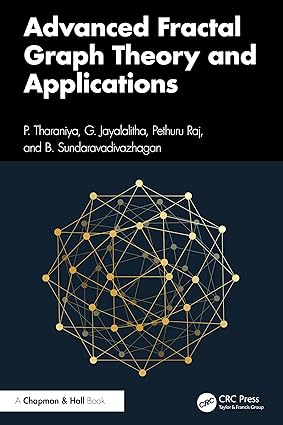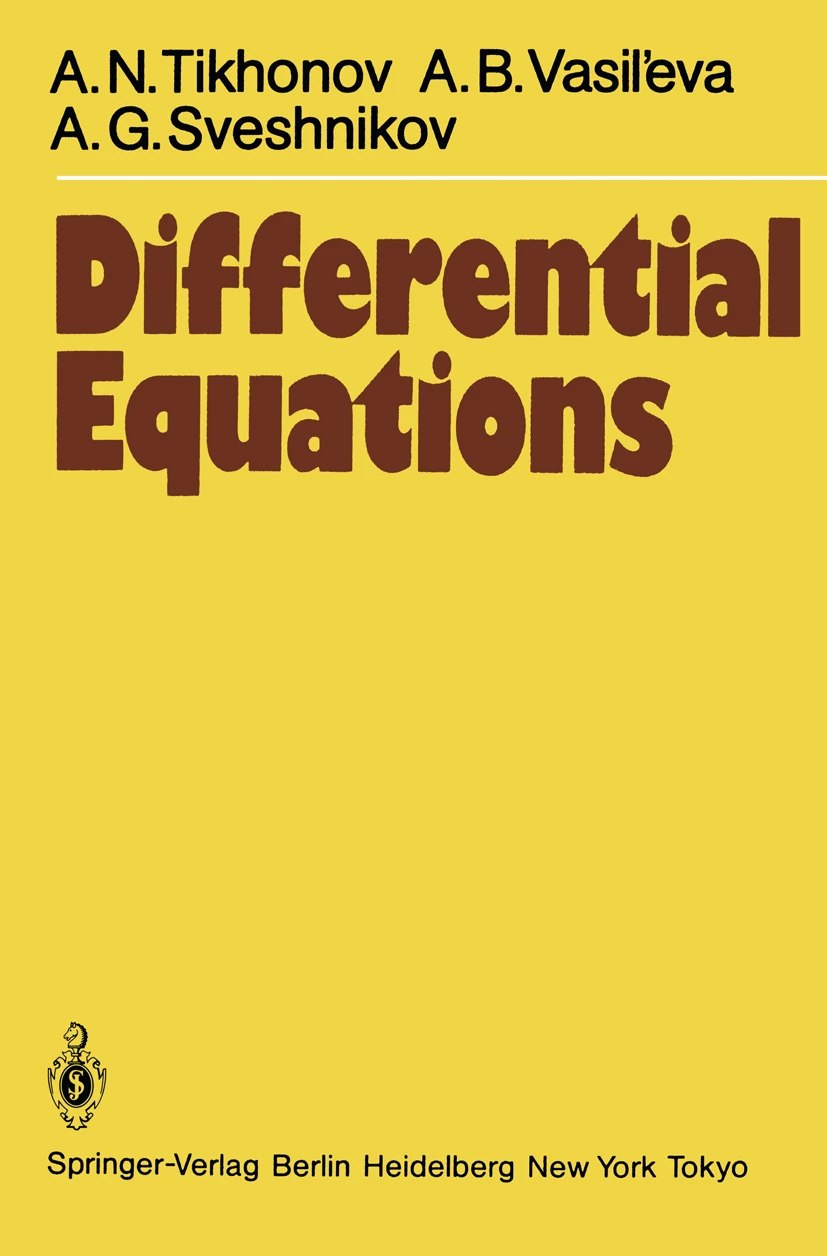Cost-benefit analysis (CBA) is the systematic and analytical process of comparing benefits and costs in evaluating the desirability of a project or programme, often of a social nature and for society as a whole. CBA is fundamental to government decision-making and can be an effective tool for informed decisions on the use of society's scarce resources. This book highlights the main concepts and principles of cost-benefit analysis used in real life cases and actual applications. The book contains rich cases, materials and examples of real life CBA applications with emphasis both on physical and non-physical projects and infrastructure developments in Asia and beyond. The book also discusses techniques frequently used in applied CBA.
The first part of the book introduces the key concepts and principles of CBA before Part Two covers some pertinent issues relating to CBA, such as the recent trend of using behavioural economics and frequently used techniques in applied CBA. Finally, in Part Three, case studies are written up to illustrate how CBA is done, and questions for the readers and students to ponder are raised at the end of each chapter.
The scope of the case studies is more than just physical infrastructures but will include public sector policies and programmes covering a host of social policies as in health, education, social welfare programmes, and the environment. For each case, there will be illustrations of the key concepts and principles of CBA used. Undertakings analyzed include:
- the Three Gorges Dam in China
- the 2008 Beijing Olympics
- the Costs of Global Warming
- the Jamuna Bridge in Bangladesh
The case studies, many of which have taken or are to take place in developing countries provide a rich background to the principles of the method, and are accompanied by a wealth of explanatory material. As well as being suitable for courses in Cost-Benefit Analysis, Public Finance, Environmental and Health Economics, the book should be of interest to all public policy decision makers and planners.
چکیده فارسی
تحلیل هزینه و فایده (CBA) فرآیندی سیستماتیک و تحلیلی برای مقایسه مزایا و هزینهها در ارزیابی مطلوبیت یک پروژه یا برنامه است که اغلب دارای ماهیت اجتماعی و برای کل جامعه است. CBA برای تصمیمگیری دولت اساسی است و میتواند ابزار مؤثری برای تصمیمگیری آگاهانه در مورد استفاده از منابع کمیاب جامعه باشد. این کتاب مفاهیم اصلی و اصول تحلیل هزینه-فایده مورد استفاده در موارد واقعی و کاربردهای واقعی را برجسته می کند. این کتاب حاوی موارد، مواد و نمونههایی غنی از برنامههای کاربردی CBA در زندگی واقعی با تأکید بر پروژههای فیزیکی و غیر فیزیکی و توسعههای زیرساختی در آسیا و فراتر از آن است. این کتاب همچنین تکنیکهایی را که اغلب در CBA کاربردی استفاده میشوند مورد بحث قرار میدهد.
قسمت اول کتاب مفاهیم و اصول کلیدی CBA را معرفی میکند قبل از اینکه قسمت دوم برخی از موضوعات مرتبط با CBA را پوشش دهد، مانند روند اخیر استفاده از اقتصاد رفتاری و تکنیکهای پرکاربرد در CBA کاربردی. در نهایت، در بخش سوم، مطالعات موردی برای نشان دادن چگونگی انجام CBA نوشته شده است، و سوالاتی برای خوانندگان و دانشآموزان برای تأمل در پایان هر فصل مطرح میشود.
دامنه مطالعات موردی فراتر از زیرساختهای فیزیکی است، بلکه شامل سیاستها و برنامههای بخش عمومی میشود که مجموعهای از سیاستهای اجتماعی مانند برنامههای بهداشت، آموزش، رفاه اجتماعی و محیطزیست را پوشش میدهد. برای هر مورد، تصاویری از مفاهیم و اصول کلیدی CBA استفاده می شود. تعهدات مورد تجزیه و تحلیل عبارتند از:
- سد سه دره در چین
- بازیهای المپیک 2008 پکن
- هزینه های گرمایش جهانی
- پل جامونا در بنگلادش
مطالعات موردی، که بسیاری از آنها در کشورهای در حال توسعه انجام شده اند یا قرار است انجام شوند، پیشینه ای غنی از اصول روش ارائه می دهند و با انبوهی از مطالب توضیحی همراه هستند. این کتاب علاوه بر مناسب بودن برای دورههای تحلیل هزینه-منافع، مالیه عمومی، محیطزیست و اقتصاد سلامت، باید مورد توجه همه تصمیمگیرندگان و برنامهریزان خطمشی عمومی باشد.
ادامه ...
بستن ...
